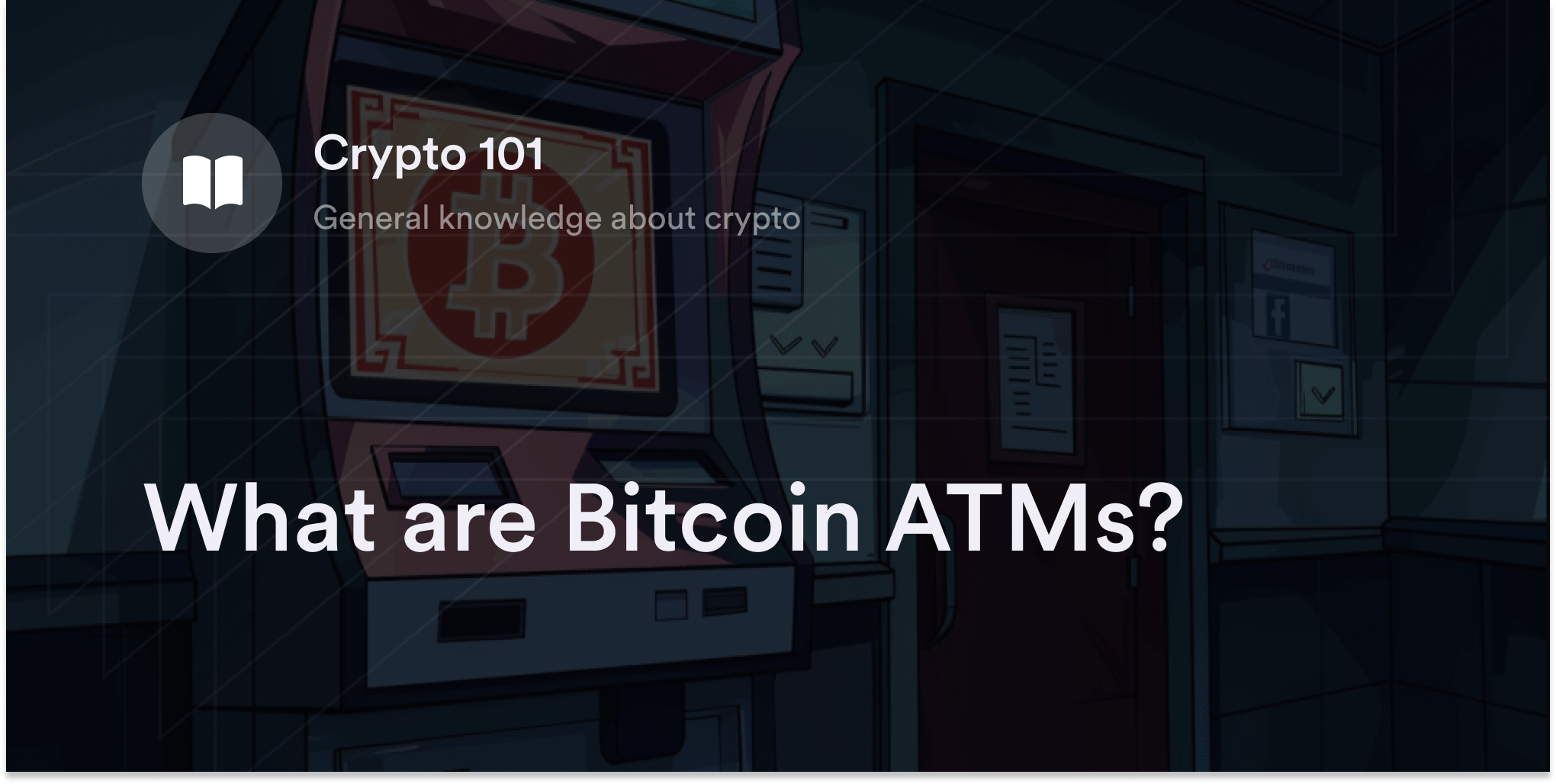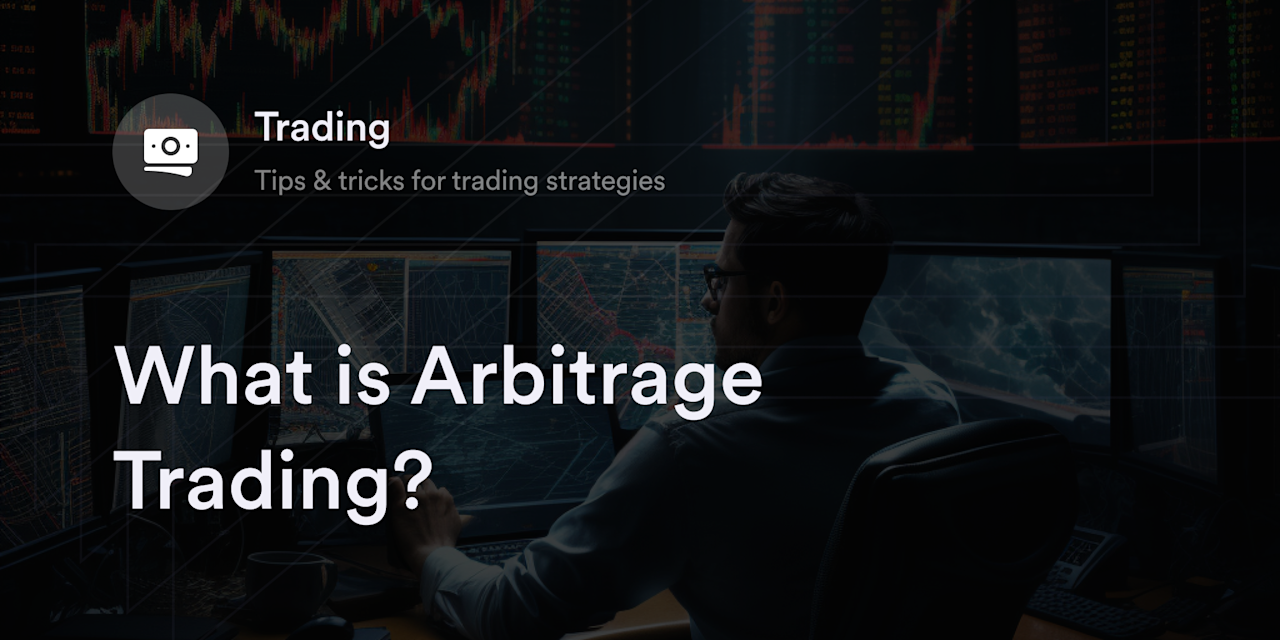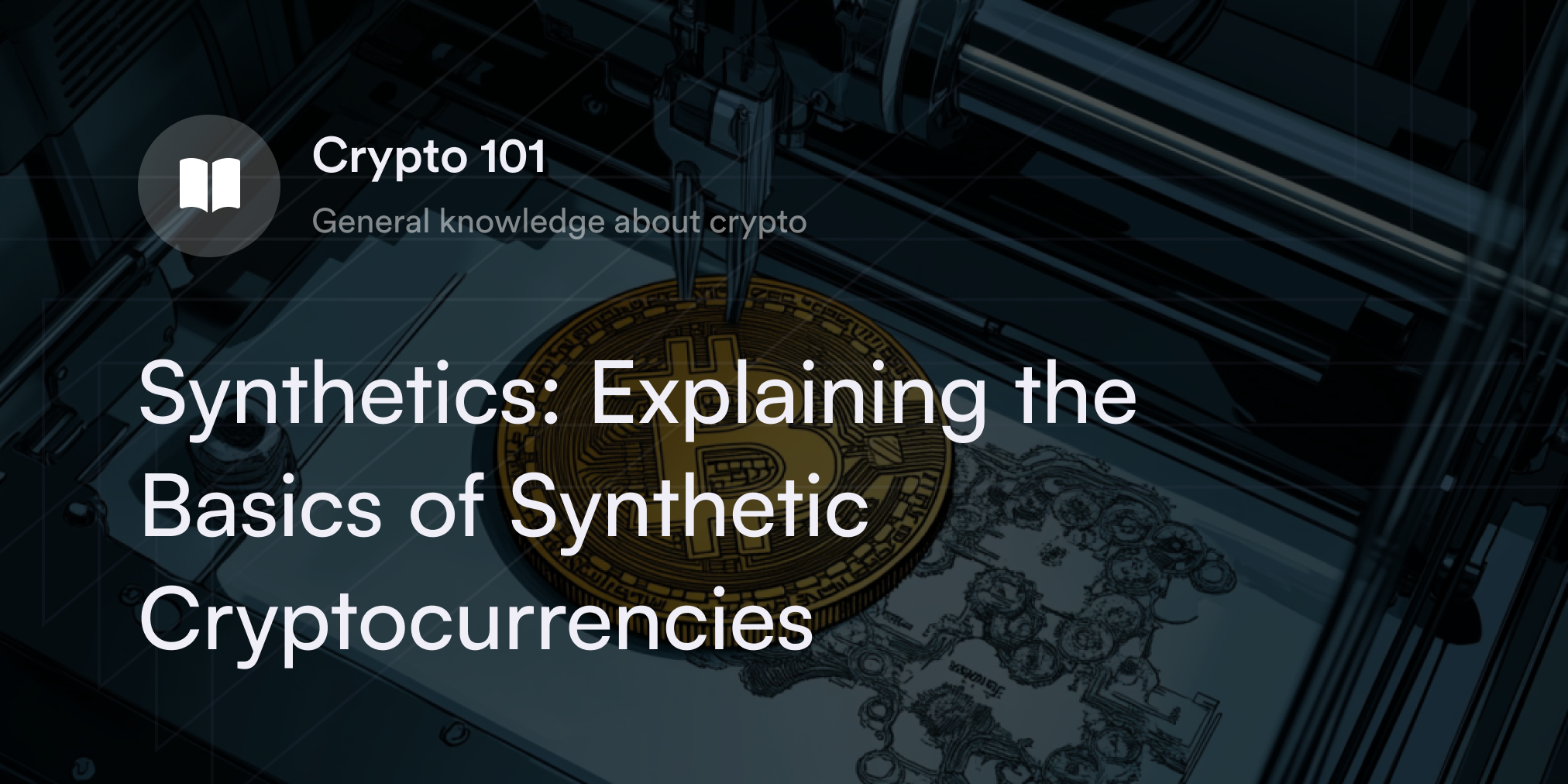


Cryptocurrencies like Bitcoin (BTC) and Ethereum (ETH) shattered centuries-old preconceptions about money. Not only did these virtual currencies give traders a permissionless, peer-to-peer (P2P) platform to transact value, but they also provided a clear counterpoint to long-established centralized financial institutions.
With crypto innovations like blockchains and distributed ledgers, developers can create intermediary-free currencies for a global audience. The technology behind crypto assets also powers dozens of decentralized finance (DeFi) services with billions of dollars in value, many offering an alternative to centralized finance (CeFi).
Let’s explore DeFi and CeFi, including their similarities, differences, benefits, and drawbacks.
What is CeFi?
CeFi refers to any financial service that relies on third-party organizations to record, manage, and verify client transactions. Whenever an intermediary like a bank, broker, or fintech company approves a transaction or custodies its customers’ assets, they offer a CeFi service. Although this system has been the dominant way many financial markets operate, it’s not interchangeable with the similar-sounding phrase traditional finance (TradFi). Typically, when crypto traders use TradFi, they refer to non-crypto-related financial products and services, such as opening a bank account, trading equities, or taking out a mortgage.
CeFi services exist in the cryptocurrency industry. For example, centralized cryptocurrency exchanges (CEXs) like Coinbase and Gemini offer centrally controlled crypto trading services. Traders who sign up for a CEX typically provide the exchange with personal know-your-customer (KYC) information––like a phone number, home address, and email––before trading cryptocurrencies.
CEXs also guard valuable cryptographic data called private keys for all crypto wallets on their trading platform. Whoever has the private keys to a crypto wallet has custody over the cryptocurrency in the associated account; therefore, CEXs always hold crypto on their clients’ behalf. Unless a crypto trader transfers their digital assets from a CEX account into a self-custodial crypto wallet, they’re subject to counterparty risk.
What is DeFi?
DeFi offers many financial services like CeFi but doesn’t rely on centralized intermediaries to verify transfers. Instead, DeFi apps and services use blockchains to record and process transactions. First introduced with Bitcoin in 2009, blockchains use cryptographic technology to enforce rules on networks of decentralized computers (aka nodes). These nodes exchange transaction info, verify transfers, and publish data on a payment ledger per the network’s algorithms.
Bitcoin is technically the first DeFi service because it offered a P2P way to transfer digital value, but the phrase DeFi is commonly used to describe the growing list of more nuanced financial applications using smart contracts. Built on blockchains like Ethereum, smart contracts are virtual agreements that automatically fulfill pre-coded tasks when specific criteria are met.
For example, a smart contract on a DeFi lending site automatically releases crypto collateral when it recognizes the borrower paid back their loan. In addition to DeFi crypto lending and borrowing, decentralized exchanges (DEXs) are another popular DeFi application offering P2P crypto trading services.
Centralized versus decentralized crypto services: Similarities and differences
There’s a vast gulf between how DeFi and CeFi providers manage user funds, but these financial systems have some similarities. Often, it’s "how" rather than "what" DeFi and CeFi offer that most separates them.
DeFi and CeFi similarities
Same financial services: From lending and borrowing to trading and storing value, DeFi and CeFi give users access to many of the same financial tools. Although DeFi focuses on virtual currencies and CeFi usually deals with traditional financial products (e.g., fiat currencies, equities, or commodities), traders find identical services in both systems.
Accessible on digital platforms: DeFi is only available online, but it’s easy to access many CeFi services on digital media. As digitization becomes increasingly common, more CeFi providers have software apps to make life convenient for their customers.
Manages cryptocurrencies: Although every CeFi provider doesn’t offer cryptocurrencies, it’s becoming more common to find companies, brokers, and banks providing digital assets. Traders often don’t have as much control over cryptocurrencies through CeFi institutions, but the option to trade or store virtual currencies isn’t unheard of in mainstream finance.
DeFi and CeFi differences
Intermediaries: While DeFi uses smart contracts and blockchain technology, allowing traders to enjoy a P2P transaction experience, CeFi uses third-party entities to verify transactions.
Counterparty risk and trust: With a CeFi provider, customers must trust the intermediary’s legitimacy for handling their finances. DeFi users, conversely, aren’t exposed to counterparty risk but have to trust the protocol code’s security.
Governance structure: CeFi firms often use a hierarchical structure where senior executives make the most consequential decisions on the firm’s direction. In DeFi, however, decentralized applications (dApps) often issue governance tokens for voting in a decentralized autonomous organization (DAO), facilitating more equality in decision-making.
Benefits and risks of CeFi and DeFi
Despite many exciting features DeFi offers, there are risks associated with this new form of finance. Crypto traders need to weigh the pros and cons of CeFi and DeFi services to decide where to access digital assets.
CeFi benefits
Customer support: If customers have questions or concerns, they can contact a CeFi institution’s team. These companies offer many personalized customer service options––ranging from phone and live chat to email and ticketed support––to resolve issues promptly and efficiently.
Insurance protections: CeFi institutions often provide clients with insurance protections to guarantee reimbursement even after catastrophic events like a bank failure or a data breach. These insurance policies leave customers rest assured when entrusting assets to third parties.
Convenient fiat conversions: Some crypto traders start on CeFi exchanges because these platforms offer streamlined and efficient fiat currency transfers to start trading.
Easy to navigate: CeFi businesses have an incentive to make their user experience as intuitive as possible to attract and retain customers. Even people who aren’t tech-savvy often have a simple time navigating CeFi websites and mobile apps.
CeFi risks
Counterparty risk: Customers using CeFi services have to place trust in their intermediary’s competency and security standards. If a third-party financial institution suffers a hack or mismanages its funds, all the investments are in jeopardy.
Lack of transparency: Unless someone works at a CeFi institution, there’s no way to see the full details of a company’s operations, including data sharing, account management, and decision-making. Customers are also subject to unexpected policy changes whenever CeFi institutions decide to revise their terms and conditions.
Potential for censorship: CeFi companies can deny services or freeze accounts immediately without warning customers. If a CeFi institution suspects fraud or activities against its terms and conditions, customers can’t withdraw their funds to another account.
DeFi benefits
No single point of failure: Rather than storing transaction data in a centralized server, DeFi applications use decentralization on blockchains to prevent creating vulnerable points of attack. Every validator computer on a blockchain holds a copy of the network’s complete transaction history, making it far more difficult for hackers to break into the network and rewrite data.
Full custody over assets: On DeFi platforms, traders always hold digital assets in private crypto wallets rather than sending them to a centralized authority. Even when people participate in activities like trading, borrowing, or loaning, they happen through self-custodial wallets, giving traders full custody of their crypto at all times.
Transparency: The transaction data on blockchains is publicly viewable and verifiable on cryptocurrency payment ledgers. In addition to transparent transaction records, many DeFi protocols have community governance systems like DAOs for equitable and transparent decision-making.
High accessibility: No gatekeepers exist in DeFi. As long as users have access to the internet and a compatible crypto wallet, they can use all DeFi services.
DeFi risks
Vulnerable to hacks and glitches: Although DeFi traders don’t need to rely on centralized entities, there’s still an element of trust involved when using a DeFi app. Specifically, traders must feel comfortable with developers who wrote a dApp’s smart contract code. If any vulnerabilities or bugs exist in these contracts, hackers can exploit these issues and drain crypto funds.
Higher learning curve: To use DeFi dApps, traders need to familiarize themselves with transferring crypto, downloading and linking crypto wallets, and interacting with multiple software interfaces. Although DeFi developers are working on streamlining their user experience, it takes extra time and practice to get acquainted with many DeFi services.
No customer care or insurance: If DeFi traders make a mistake or lose funds in a hack, there are no decentralized finance companies to contact for a refund. Anyone interested in DeFi needs to take full responsibility for asset management.
Experience DeFi perpetuals trading on dYdX
dYdX offers a safe way for eligible traders to explore the benefits of DeFi crypto derivatives trading. On our decentralized trading platform, eligible traders enjoy direct access to deep liquidity for dozens of crypto perpetual contracts, including Bitcoin, Ethereum, and Cosmos (ATOM). dYdX also offers eligible traders advanced trading tools and order types, including leverage and slippage tolerance controls, to set the perfect strategy for their crypto portfolios.
For more details on dYdX’s updates and feature offerings, head to our official blog. Also, check out dYdX Academy for more in-depth articles on blockchain technology and crypto trading, and eligible traders can start trading on dYdX today.
Disclosures
The content of this article (the “Article”) is provided for general informational purposes only. Reference to any specific strategy, technique, product, service, or entity does not constitute an endorsement or recommendation by dYdX Trading Inc., or any affiliate, agent, or representative thereof (“dYdX”). Use of strategies, techniques, products or services referenced in this Article may involve material risks, including the risk of financial losses arising from the volatility, operational loss, or nonconsensual liquidation of digital assets. The content of this Article does not constitute, and should not be considered, construed, or relied upon as, financial advice, legal advice, tax advice, investment advice, or advice of any other nature; and the content of this Article is not an offer, solicitation or call to action to make any investment, or purchase any crypto asset, of any kind. dYdX makes no representation, assurance or guarantee as to the accuracy, completeness, timeliness, suitability, or validity of any information in this Article or any third-party website that may be linked to it. You are solely responsible for conducting independent research, performing due diligence, and/or seeking advice from a professional advisor prior to taking any financial, tax, legal, or investment action.
You may only use the dYdX Services in compliance with the dYdX Terms of Use available here, including the geographic restrictions therein.
Any applicable sponsorship in connection with this Article will be disclosed, and any reference to a sponsor in this Article is for disclosure purposes, or informational in nature, and in any event is not a call to action to make an investment, acquire a service or product, or purchase crypto assets. This Article does not offer the purchase or sale of any financial instruments or related services.
By accessing this Article and taking any action in connection with the information contained in this Article, you agree that dYdX is not responsible, directly or indirectly, for any errors, omissions, or delays related to this Article, or any damage, injury, or loss incurred in connection with use of or reliance on the content of this Article, including any specific strategy, technique, product, service, or entity that may be referenced in the Article.







